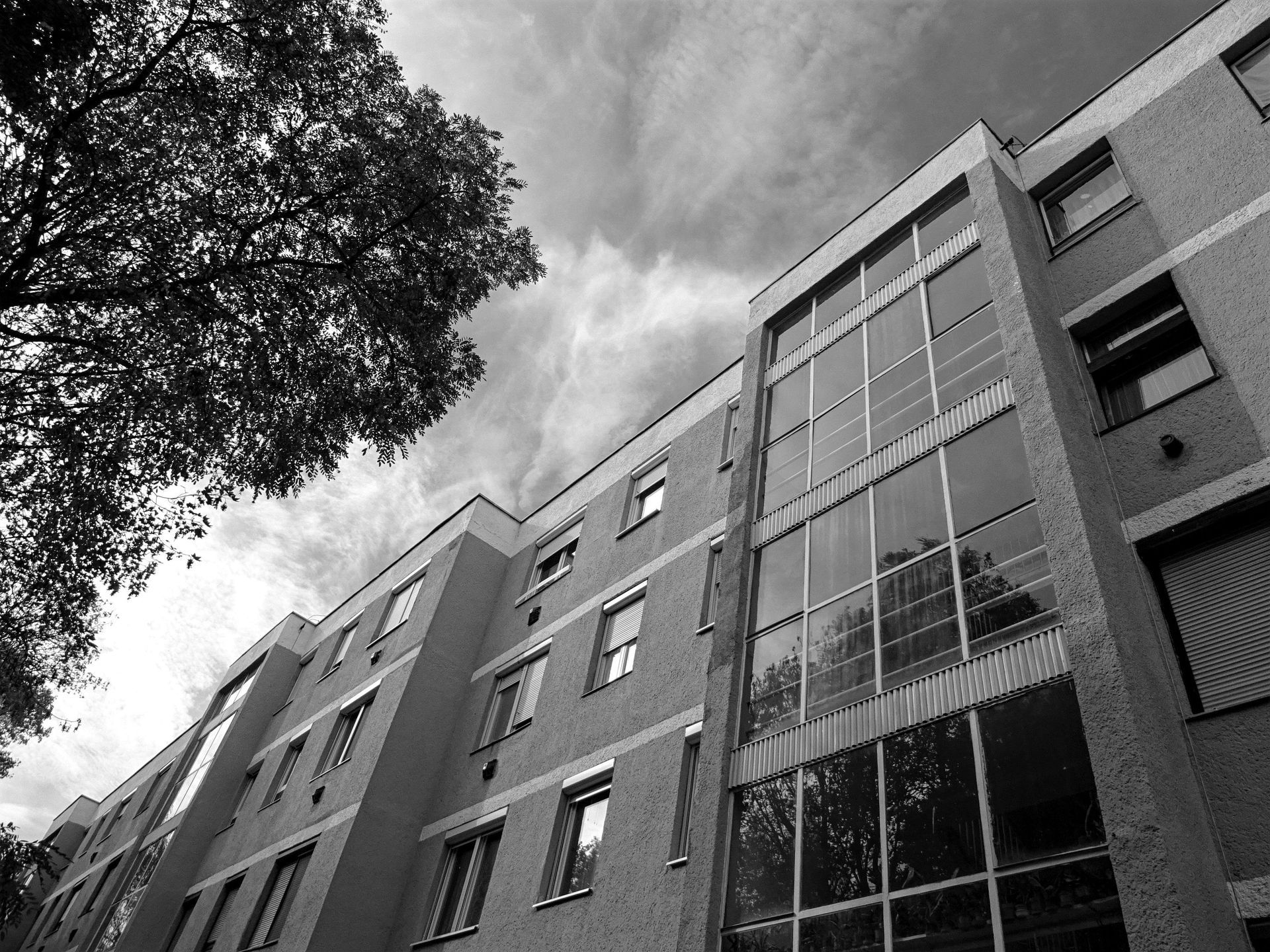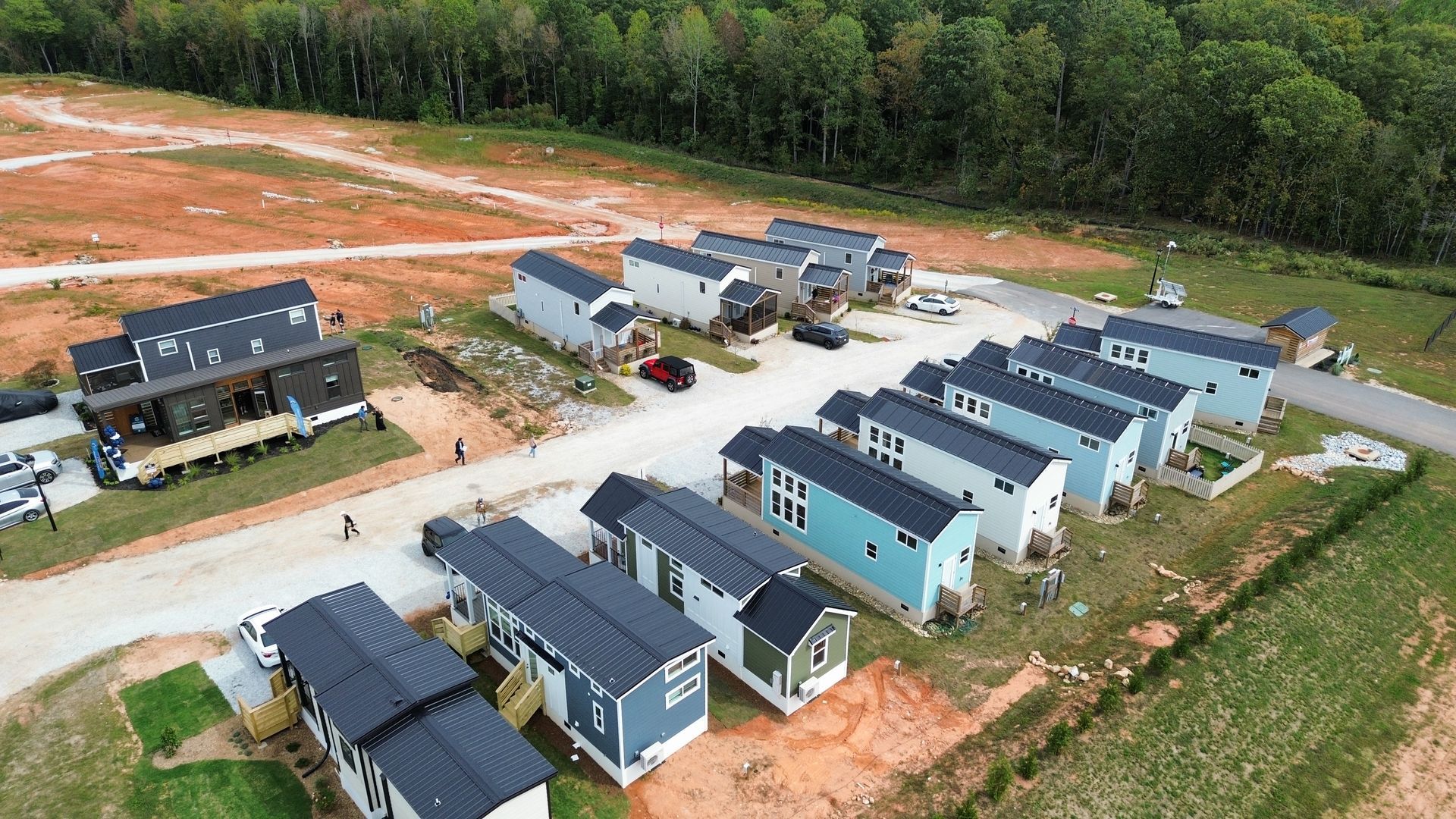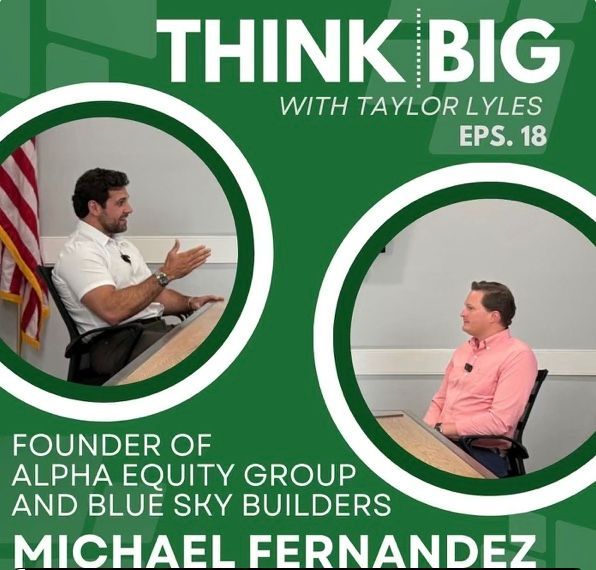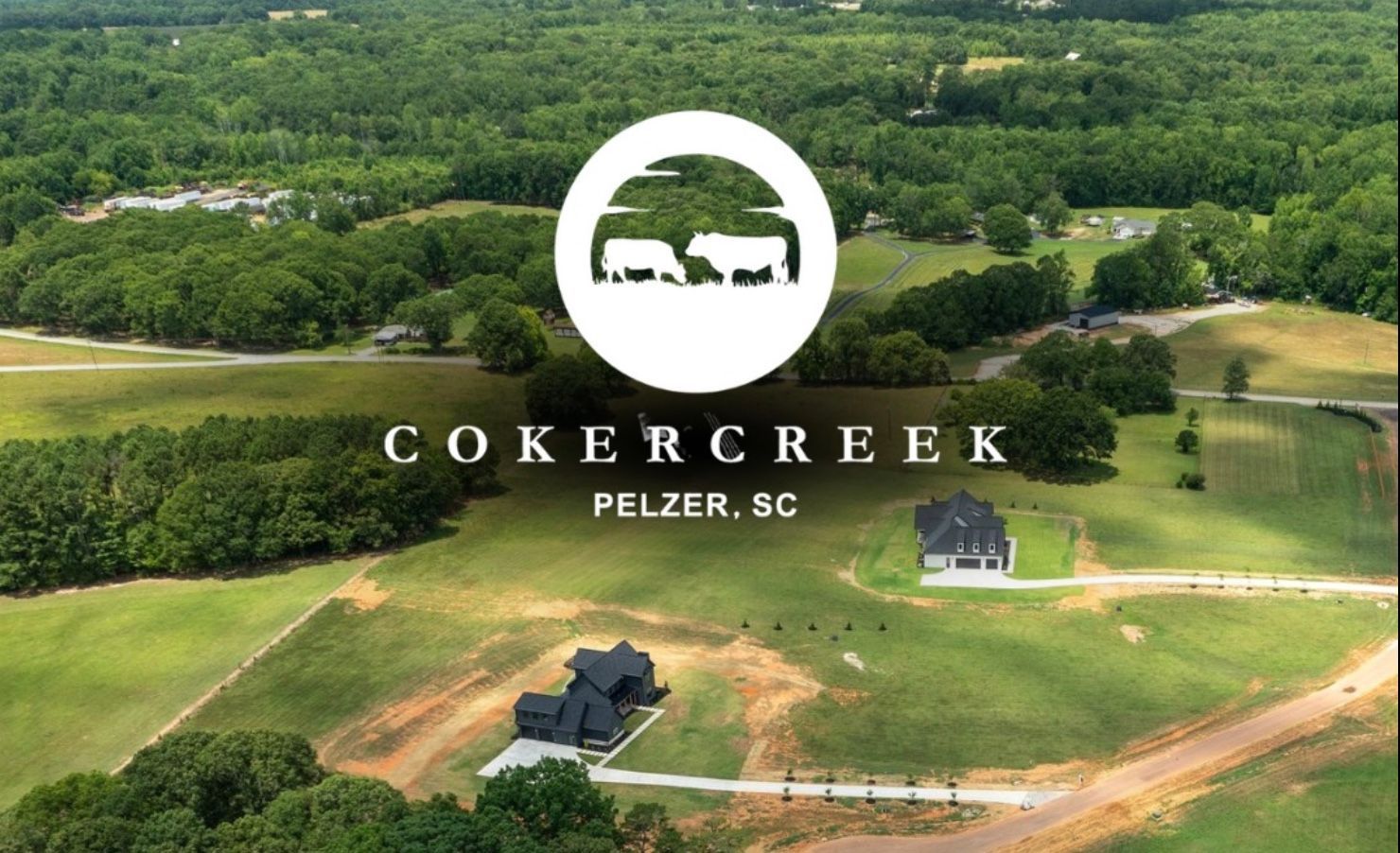Building to Hold vs Building to Sell
Why Building and Holding Real Estate for the Long- Term
Delivers Superior, Tax-Efficient Yield

At Alpha Equity Group, we believe in a simple but powerful real estate thesis: build strategically, finance conservatively, and hold long-term. In a world where many investors are focused on quick flips and short-term gains, our strategy aims to deliver tax-efficient, long-duration yield and wealth creation by developing ground-up assets with meaningful margins and holding them through full market cycles.
The Problem with Selling Too Soon
Let’s say you develop a Class A, 100-unit build-for-rent townhome community and stabilize it with quality tenants. Once stabilized, you’re faced with two choices:
1. Sell the asset, pay capital gains taxes, and figure out where to reinvest your after-tax
proceeds.
2. Refinance the asset, return investor capital tax-free, and hold for long-term cash flow
and appreciation.
At Alpha Equity, we believe the second option is the clear winner.
A Real Example: Build and Hold vs. Build and Sell
Let’s walk through a real-world example using updated and realistic assumptions.
Assumptions Overview:
- 100-unit build-for-rent townhome project
- Average rent at stabilization: $2,100/unit/month
- Lease-up pace: 10 units per month
- Vacancy & credit loss: 8%
- Expense ratio: 35%
- Stabilized cap rate: 6%
- Includes $20,000/unit in land cost
- Construction leverage: 75% at 11% interest-only
- Construction draws: straight-lined over 18 months
- Budget for land & horizontal: $35,000/unit
- Budget for vertical development, soft costs, and financing costs: $155,000/unit
- Interest reserve: 5% of total cost
- Total development cost: $190,000/unit ($19M total) + 5% contingency = $19.95M total
Stabilized Financials (Year 3):
- Effective Gross Income: $2,100 x 100 units x 12 months x (1 - 8%) = $2,318,400
- Operating Expenses @ 35%: $811,440
- Net Operating Income (NOI): $1,506,960
- At a 6% cap rate, the stabilized value = $25,116,000
- Less 3% refinance/sale costs = $24,362,520 net
Scenario 1: Sell Upon Stabilization (Month 40)
- Gross Sale Price: $25.12M
- Cost Basis: $19.95M
- Net Profit Before Tax: ~$5.17M
- Capital Gains Tax (assume 20% federal + 5% state): ~$1.29M
- Net After-Tax Proceeds: ~$3.88M
Scenario 2: Refinance and Hold Long-Term
- Refinance at 70% LTV on $24.36M net value = $17.05M loan
- Original construction loan: ~$14.96M
- Refinance proceeds: $2.09M returned to equity
- New debt terms: 6% interest, 30-year amortization
- Annual debt service: ~$1,228,000
- Year 4 Net Cash Flow: ~$278,960
Equity Raise: $4.99M (25% of $19.95M), of which 5% ($249,500) is sponsor capital
Investor Ownership Example:
- $100,000 investment = 2.00% ownership share
- Refinance Return: ~$41,800 (41.8% of capital returned tax-free)
Annual Cash-on-Cash Returns (Years 4–10): Start at ~$5,579/year and grow 3% annually:
- Year 4: $5,579 (5.58%)
- Year 5: $5,746 (5.75%)
- Year 6: $5,918 (5.92%)
- Year 7: $6,095 (6.10%)
- Year 8: $6,278 (6.28%)
- Year 9: $6,466 (6.47%)
- Year 10: $6,660 (6.66%)
Total 7-year cash flow: ~$42,742
Sale in Year 10:
- Estimated Value: ~$29.5M (2% annual growth)
- Net of 3% selling costs: ~$28.6M
- Equity remaining after debt payoff: ~$11.6M
- Investor Proceeds: ~$232,000 from sale
Total Return on $100K Investment:
- Refinanced Capital Returned: ~$41,800
- Cash Flow: ~$42,742
- Sale Proceeds: ~$232,000
- Total: ~$316,500
- MOIC: ~3.17x
- IRR: ~17.2% net of pref/70-30 waterfall
Why Build-to-Hold Beats Buying Older Assets with Same Strategy in Mind
Many syndicators buy older assets with similar long-term hold intentions. But those projects come with:
- Compressed margins
- Higher ongoing capex
- Deferred maintenance
- Limited depreciation schedule
These factors increase the risk in the deal as the deal's spread is subject to deteriorating physical obsolesce. It becomes a game of "putting lips on a pig to justify higher rents in the short term and capture spread" while the market is still hot, and undersaturated. The problem is, once supply outpaces demand, these assets get hit the hardest, financially. NOI decreases because of forced pressure to drop rents to remain competitive against new product, and cap rates rise to reflect muted growth going forward.
By building new with a 25–30% margin to cost, we enter the hold period with:
- Significant day-one equity
- No major capex needs
- Maximum depreciation benefits
- Brand new systems and interiors that tenants love
Most importantly, if we do not hit our margins, we simply make less profit, not lose original equity.
And with conservative leverage, our projects are designed to withstand rate volatility and maintain positive cash flow even in tougher environments.
Final Thoughts
Short-term profits may be tempting, but they often come at the cost of long-term, tax adjusted wealth. At Alpha Equity Group, we believe in creating value upfront through disciplined development, then compounding that value over time by holding quality assets. Refinancing instead of selling means we keep working capital compounding. We defer taxes, continue collecting income, and maximize wealth creation without needing to constantly chase the next deal. This is how generational wealth is built, one long-term, tax-efficient asset at a time.
Many operators and developers, including institutional funds, end up selling assets too early to meet their business plan or life cycle of their capital. In reality, many of these sponsors admit they would have preferred to hold these assets for much longer as they are leaving upside on the table.
To be a successful developer, you have to choose quality locations that will remain strong for years to come while balancing capital market cycle timing with micro supply and demand. It is not an easy task, but it is worth it if done correctly.



